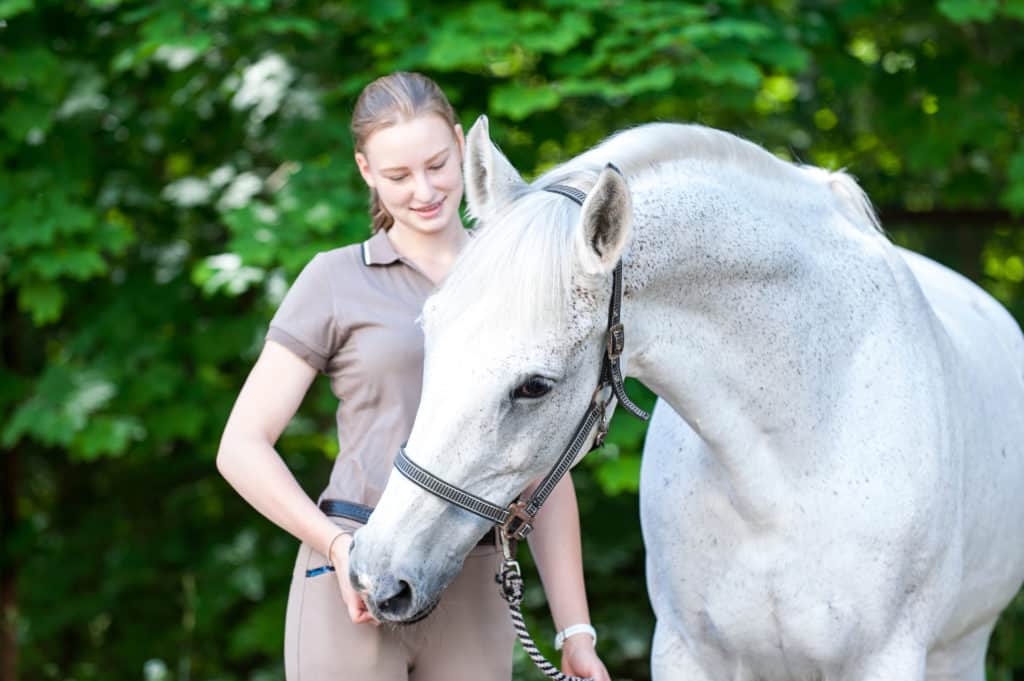
Do Horses Have Muscle Memory?
Species and individuals differ in their genetic potential for quick and coordinated movement. How do horses compare to humans?

Species and individuals differ in their genetic potential for quick and coordinated movement. How do horses compare to humans?

Smartphones and social media make sharing negative moments with horses—in context or not—easy. How the general public responds can have a lasting impact on the equine industry.

While we might enjoy sneaking our horses peppermints and other sweet treats, we need to understand how it can reinforce good or bad behavior and how it fits into your horse’s dietary scheme.

Biting is a sign of stress in foals. In this study, foals less than 8 weeks old that didn’t have training breaks bit their handlers more frequently than ones that got days off between training sessions.

Researchers found zero-finger tightness equaled 10 times the tightness of a human limb tourniquet.

Have you tried incorporating clicker training into your horse training? Stephanie shares how clicker training exercises are helping strengthen both her OTTB’s core and their communication on the ground.

British researchers investigated spur use in riders. Here’s what they found.

A zooarchaeologist presented a brief history of how horses and humans have coexisted and interacted over the the millennia at the International Society of Equitation Science convention.

“X days since last accident.” It’s a sign hanging at almost every high-risk industry site. Except, it seems, equestrian industry facilities. A researcher looks at why.

Temperament testing by a Brazilian research team found horses were more reactive with poorly matched riders, and a long-term riding relationship between horse and human didn’t guarantee a better outcome.

More than four hours without feed is fasting for a horse and can lead to issues. The solution for evening feeding? Slow feeders extended nighttime “grazing” time by 95-105%, researchers observed.

International Society for Equitation Science conference attendees learned about practical applications of scientific studies and discovered new theories about horse welfare and behavior.

Get an insider’s recap of the world’s leading equitation science conference. You’ll also learn about whip use, rider balance, and safety.

We might be quick to blame a horse for misbehaving, but a closer look at equine behavior might reveal we’re the problem. Here’s what to consider.

Is there any proof than chestnuts are more hot-blooded than horses of different colors? An equine behaviorist weighs in.

But, while the cribbers learned as well as the noncribbers, that doesn’t mean they’re the same as noncribbers when learning, researchers cautioned. They’re sensitive to stress and need particular attention to stress management, especially in a new environment, they said.
Stay on top of the most recent Horse Health news with
"*" indicates required fields